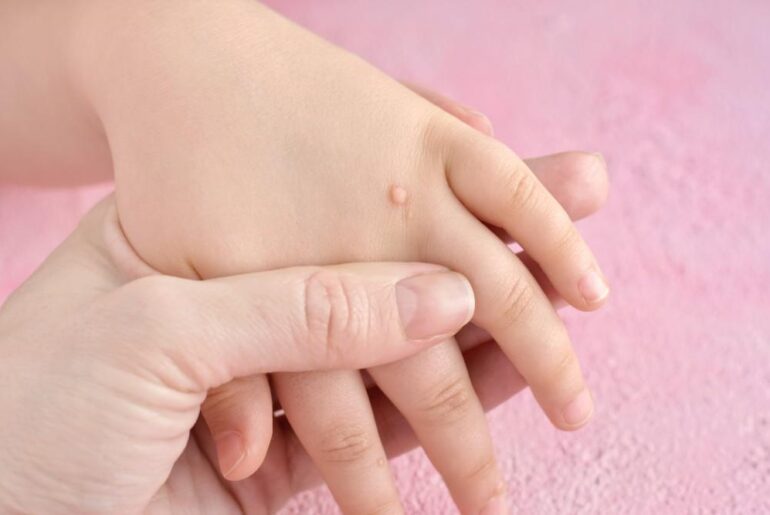Children tend to be more prone to some illnesses than adults because their bodies are still growing and adapting to their environment. Here are some common illnesses experienced by children in Australia, and their symptoms.
- Allergies
Allergies are experienced when a child’s immune system reacts to its environment; a foreign substance that does not cause a reaction in the rest of the population enters the body which leads to allergy symptoms. Common allergies include a reaction to peanuts, pollen, bee stings and pet hair.
Allergies are sustained because the immune system produces antibodies that mistake a particular substance as harmful even though it isn’t. The reactions can manifest themselves in inflammation of the skin, sinuses, airways and even the digestive system. Allergies range from mild to serious and can be caused by airborne allergens, certain foods or exposure to chemicals or insects.
Medical assessment is available to children to ascertain what they are allergic to and how best to treat symptoms. Antihistamines are helpful to relieve allergies.

- Asthma
When asthma occurs, the muscles in the body’s airways begin to tighten and its lining becomes swollen and inflamed in turn producing mucus. This clogs up the airways causing them to become narrow commonly inhibiting a child’s ability to breathe, and leading to shortness of breath, wheezing and tightness in the chest. This can be triggered by a range of different things such as exercise, the weather, allergy triggers or the common cold.
Asthma is one of the most common diseases for which children visit a doctor – around 1 in every 10 Australian children have asthma. While every child’s asthma is different, it can be managed and treated in a way which allows for a normal healthy life.

- Colds
Children can get colds more often than adults, as often as once a month. A cold is a mild infection and can be managed easily. It is generally a seasonal virus caused by the spread of germs in the air through coughs and sneezes. Colds usually affect the nose and throat – symptoms include a runny nose, sore throat, head or muscles aches, coughs and sneezing and even a raised temperature.
Children can have multiple colds per year contracting more colds than adults because they do not yet have the same strength of immunity. There is no cure so management of symptoms in the child provides relief – painkillers, saline drops and maintaining fluids.
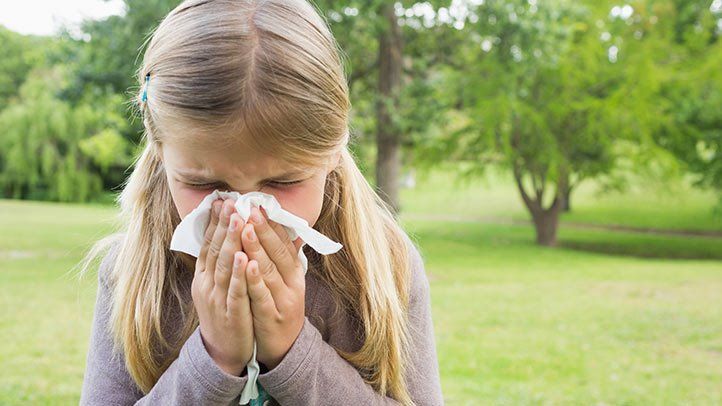
- Conjunctivitis
This is an infection of the lining of the eyeball and eyelid. Symptoms include red, puffy and itchy eyes. This is sometimes accompanied by yellow sticky discharge. It can be bacterial or viral and occurs when the eye is irritated or as part of a cold.
Conjunctivitis is quite common, especially in children under 5 and can be contagious. Speaking to the child’s doctor is important if symptoms persist for antibiotic eye drops.
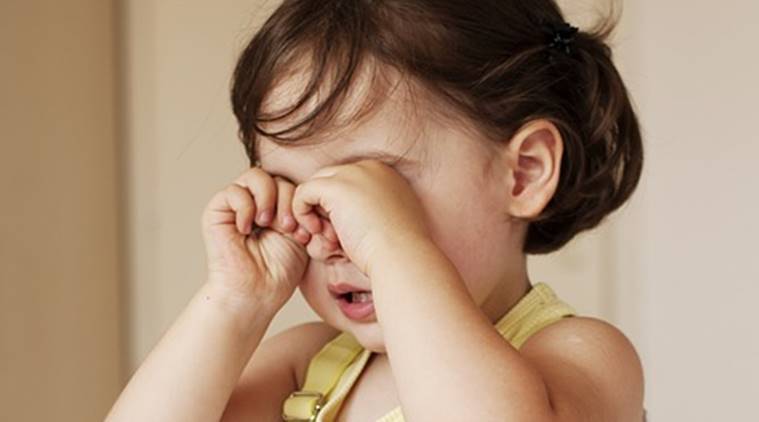
- Gastroenteritis (gastro)
Many children can contract gastro. Symptoms include diarrhoea, loss of appetite, vomiting and nausea, stomach cramps and fever. It generally lasts a few days and can be contagious, so it is important to keep up hygiene to prevent spreading the illness. It is caused by a virus or bacteria that causes infection inflaming the stomach and intestine walls causing the above symptoms. It is more severe in babies and children.
Gastro is not dangerous and does not necessitate use of medication, but it is important to manage a child’s symptoms – keeping fluids up on the regular to avoid dehydration and eating food even if they don’t feel like it.
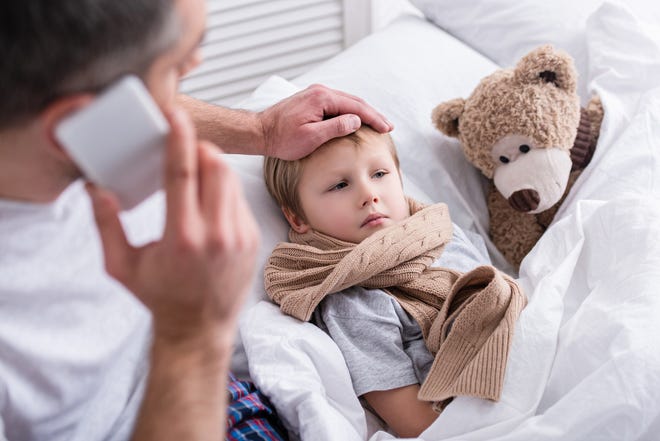
- Nits
Head lice are small and wingless insects that live in children’s’ hair, feeding on blood in the scalp while nits are the eggs that they lay. The insects attach themselves to a child’s hair and skull to lay eggs, causing itching and scratching.
Lice cannot jump so spread usually occurs when children are in close contact – heads close together, sharing hats or using each other’s hairbrushes.
While lice do not carry any diseases, the itching sensation can be quite intense and bad cases can cause dermatitis, so they need to be removed; anti-lice products to kill the lice or wet-combing treatment to physically pull them out works.
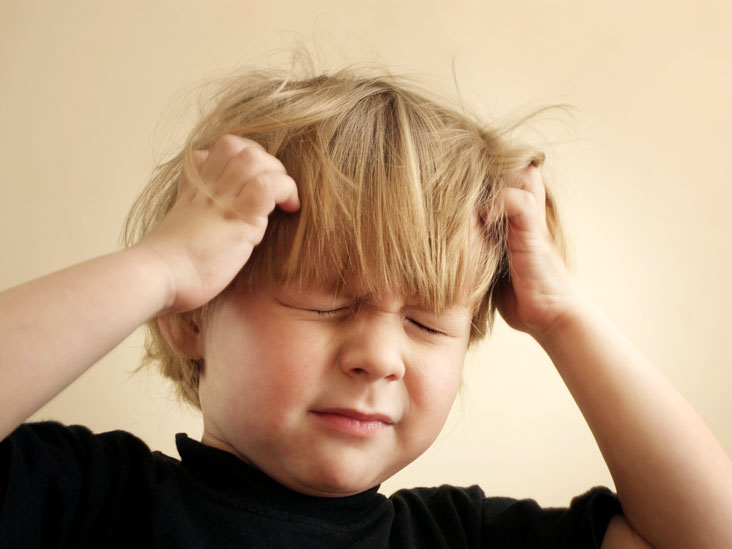
- Warts
Warts are small flesh-coloured growth, usually on the arms, hands and legs. They are just harmless skin growths. They can spread to other children when there is skin to skin contact. Picking at a wart can cause more to pop up on the same child.
Half of all warts tend to disappear within two years. There is no need to treat them if they are not causing any problems, but there are ways to remove them if this is what is best for the individual child.
